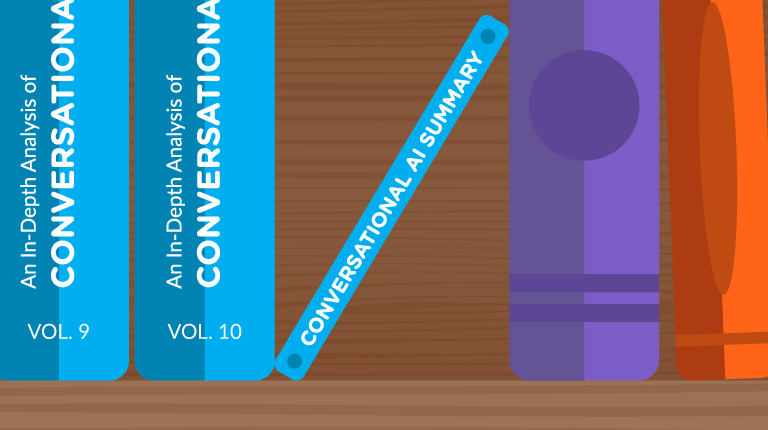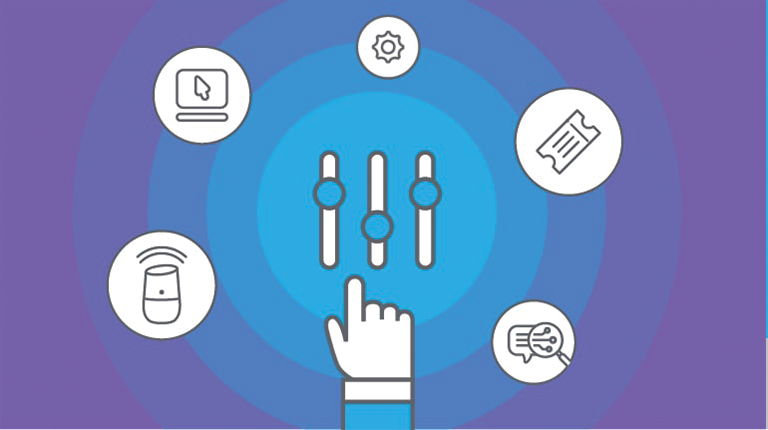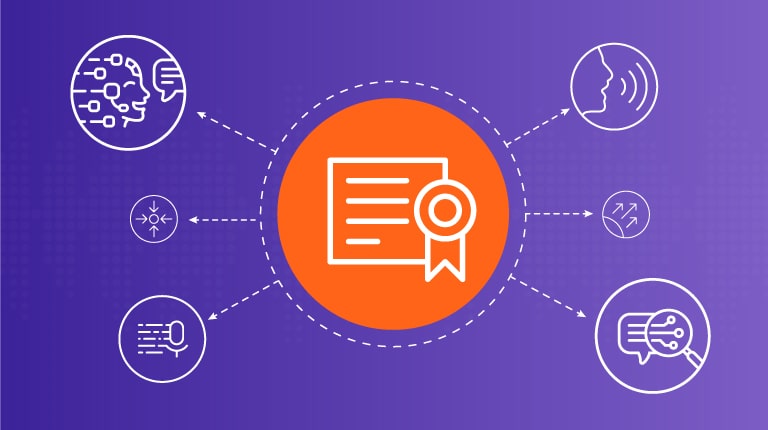As we’ve discussed in the past, artificial intelligence and speech recognition are enabling technologies that help and assist humans. For Interactions, this means enabling enterprises to communicate better with their customers and improve the customer experience. AI is here to help and assist humans, not to replace us and our jobs.
The reality is that, as consumers and professionals, our daily interactions with AI technologies are becoming more and more frequent. And recently, AI has begun extending into other areas of our lives as well, including the classroom.
The future of AI in education is bright, despite skepticism
Teachers play a crucial role in a student’s education. They not only teach, but also provide support and mentorship. This special teacher-student connection helps students to gain confidence and thrive, and is one that cannot be replaced – even by AI.
The intent of bringing AI into the modern classroom is not to have robots teaching children and taking over the teacher’s role, but rather to assist the teacher. With AI taking care of technicalities, teachers can focus more on students and their individual learning needs.
But AI won’t only help teachers. It also has the potential to help students in their studies to offer them the tools they need to excel.
Changing the way teachers teach…
So how exactly will AI assist teachers and students? The benefits are greater than you think. For teachers, AI will free up time wasted by tedious tasks, such as tracking student performance and grading. AI has the ability to provide instant insight into how a student is performing and progressing. With easy access to this kind of data, the dreaded standardized test may be a thing of the past.
Likewise, teachers may no longer need to spend their nights and weekends grading papers. With software assisted by AI, grading papers and exams becomes more efficient and accurate. This allows the teacher to review the results and focus on where a specific student is struggling.
…and the way students learn
Learning can be frustrating, especially when a student is confused or having a hard time understanding a specific concept. This is where AI can be a student’s best cheerleader, or, as researchers at MIT have dubbed it, an “affective learning companion.”
This companion would not be a tutor that has all the answers to every question, but one that is there to support the student. This companion can intervene by providing feedback and watching for signs of confusion, and also for signs of curiosity and enjoyment, which can lead to greater success.
For those in higher education, AI offers a different kind of companionship – one that helps research, find, and analyze data. AI based systems, enabled by machine learning, are able to “learn” student behaviors over time, and become smarter, which will in turn produce more relevant and useful results.
So how close are we to this futuristic education?
As with other implementations of AI, demystifying the technology and explaining its benefits will make students and educators alike more comfortable with the idea of welcoming AI into their classrooms. This can start by not only educating teachers and students about AI, but also by beginning to teach college students how AI will affect their specific occupation, and that it fits into many areas and industries outside of engineering or science-related fields.
Once AI is more accepted, it can then begin to be implemented by training teachers how to use AI and offering students more computer science classes to learn about AI, how it works, and how they can utilize it during their studies.




